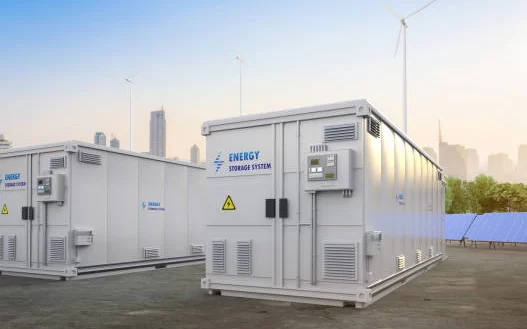Unraveling the Power of Efficient Liquid Cooling Systems for Batteries
In today’s rapidly evolving technological landscape, batteries play a crucial role in powering a wide range of devices and systems. From smartphones and laptops to electric vehicles and renewable energy storage, the demand for high-performance batteries is on the rise. One of the key factors that determine the performance and longevity of batteries is an efficient cooling system. In this article, we will delve into the power of efficient liquid cooling systems for batteries and explore how they are revolutionizing the battery industry.
The importance of battery cooling cannot be overstated. As batteries discharge and charge, they generate heat. Excessive heat can have a detrimental effect on battery performance, reducing its capacity, lifespan, and safety. High temperatures can cause the battery’s internal chemistry to degrade, leading to reduced charge storage and increased resistance. In extreme cases, overheating can even lead to thermal runaway, a potentially dangerous situation where the battery can catch fire or explode.
Liquid cooling systems offer several advantages over traditional air cooling methods. Firstly, liquids have a higher heat capacity than air, meaning they can absorb and transfer more heat. This allows for more efficient cooling of the battery, even under high-power operating conditions. Secondly, liquid cooling systems can be designed to provide more uniform cooling across the battery pack, reducing temperature variations and improving overall performance. Additionally, liquid cooling systems can be integrated into the battery pack design, taking up less space and allowing for more compact and efficient packaging.
There are several types of liquid cooling systems available for batteries. One common approach is direct liquid cooling, where a coolant is circulated directly through channels in the battery pack. This method provides excellent heat transfer but requires careful design to ensure proper sealing and prevent coolant leakage. Another approach is indirect liquid cooling, where a heat exchanger is used to transfer heat from the battery pack to the coolant. This method is less complex and reduces the risk of coolant leakage but may have slightly lower heat transfer efficiency.
The design of an efficient liquid cooling system for batteries involves several considerations. Firstly, the choice of coolant is important. Coolants should have a high heat capacity, low viscosity, and good thermal conductivity. Common coolants used in battery cooling systems include water-glycol mixtures, dielectric fluids, and phase change materials. Secondly, the flow rate and pressure of the coolant need to be optimized to ensure efficient heat transfer without excessive pumping power consumption. Thirdly, the design of the cooling channels and heat exchangers should be optimized to maximize heat transfer while minimizing pressure drop and flow resistance.
In addition to improving battery performance and longevity, efficient liquid cooling systems can also have a significant impact on the safety of battery-powered devices and systems. By keeping the battery temperature within a safe range, liquid cooling systems can reduce the risk of thermal runaway and other safety hazards. Moreover, liquid cooling systems can be integrated with safety features such as temperature sensors and pressure relief valves to provide additional protection.
The implementation of efficient liquid cooling systems for batteries is not without challenges. One of the main challenges is the cost of the cooling system, which can add significant expense to the overall battery pack. Additionally, the complexity of liquid cooling systems requires careful design and engineering to ensure reliable operation and maintenance. However, as the demand for high-performance batteries continues to grow, the benefits of efficient liquid cooling systems are likely to outweigh the challenges.
In conclusion, efficient liquid cooling systems for batteries are a powerful tool for improving battery performance, longevity, and safety. By providing more efficient heat transfer and uniform cooling, liquid cooling systems can help to unlock the full potential of batteries in a wide range of applications. As technology continues to advance, we can expect to see further improvements in liquid cooling systems, making them an even more essential component of the battery industry. With their ability to handle high-power operations and ensure safe operation, liquid cooling systems are set to play a crucial role in the future of energy storage and electrification.

